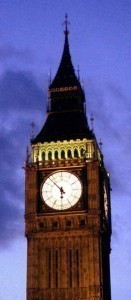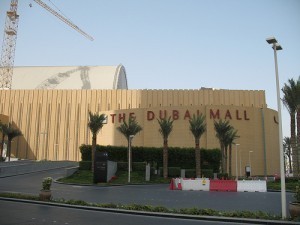Largest Clock
The largest clock in the world is in Mecca, Saudi Arabia. The tower is 1,983 feet high. The structure has four timekeeping faces. Each face has a diameter of 151 feet.
Features of the Mecca Clock
The design bears some resemblance to Big Ben in London. However, it also has some uniquely Arabic features. It has text displaying the words “in the Name of Allah”.
The words are beneath the timekeeping faces. There are 21,000 white and green lights. The lights flash five times a day to remind Muslims to pray. The lights can be seen from a distance of 17 miles.
Types of Clocks
The earliest electrical devices were made just before the 13th century. Since then, numerous types and variants have been invented. When studying the largest clock in the world, knowing the types may be helpful.
Analog
These tell time by way of angles. The most common timepiece utilizes fixed dials or dial. A moving hand or hands are used to tell time. The hours are numbered from 1 to 12. Other styles divide the dials into 8, 10 or 24 hours. There are also analog timepieces using the 24 hour “military” time.
Digital
The devices show time using a numeric system. There are two formats used: the 24 hour and the 12 hour notations. The latter has an AM/PM indicator. Majority of digital timepieces display time using VFD, LED or LCD displays. Older models use nixie tubes, cathode ray tubes, etc).
The newer models can reset based on Internet or radio time. Some models are based on atomic clocks. Since digital models started coming out in the 1960s, use of analog timepieces have been reduced. However, they can still be purchased.
How Timepieces Work
All contemporary clocks utilize oscillation. Oscillatory procedures differ; some of the most common are quartz crystal vibrations and the pendulum swings. The way each timepiece works differs. But all can be separated into analogous components.
These consist of an object that does the same thing repeatedly. It will also have an oscillator with an accurate time interval prior to each repetition. The oscillator motion is converted into pulses.
The pulses are set on a chain consisting of a counter. This is then used to express the time. The time is then expressed in hours, minutes seconds and so on. The result is displayed. This process is used in most timepieces, including the largest clock in the world.





